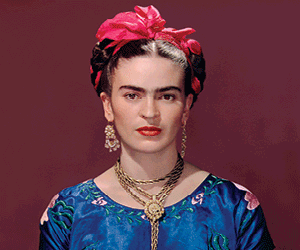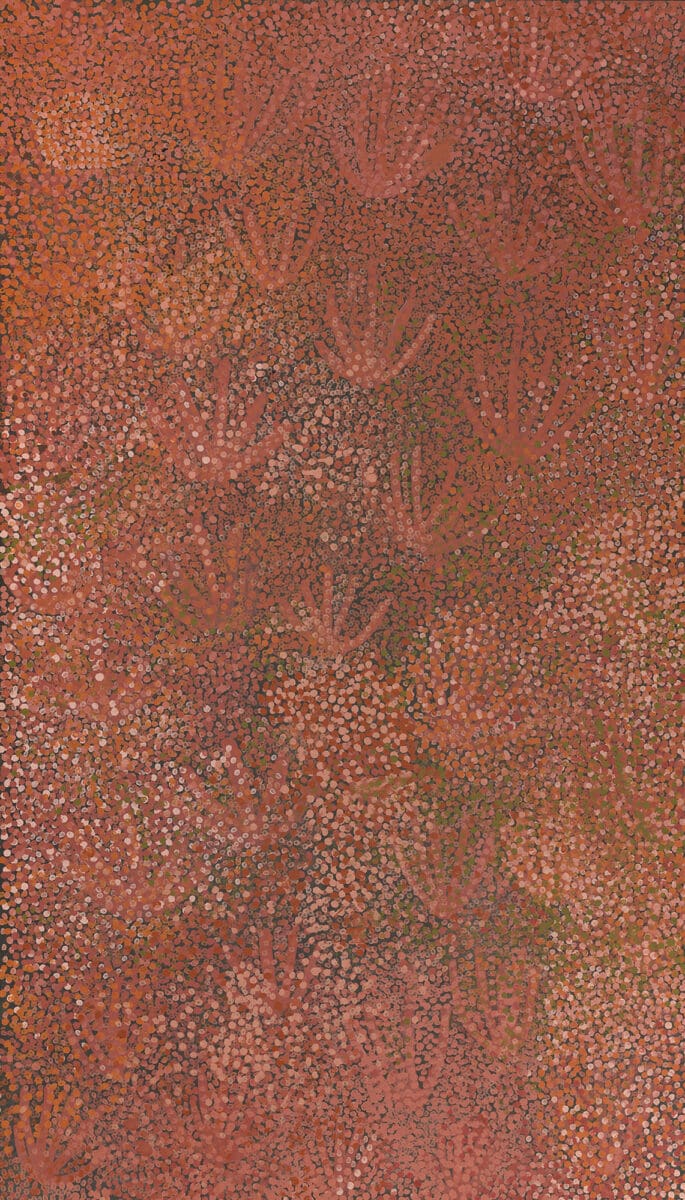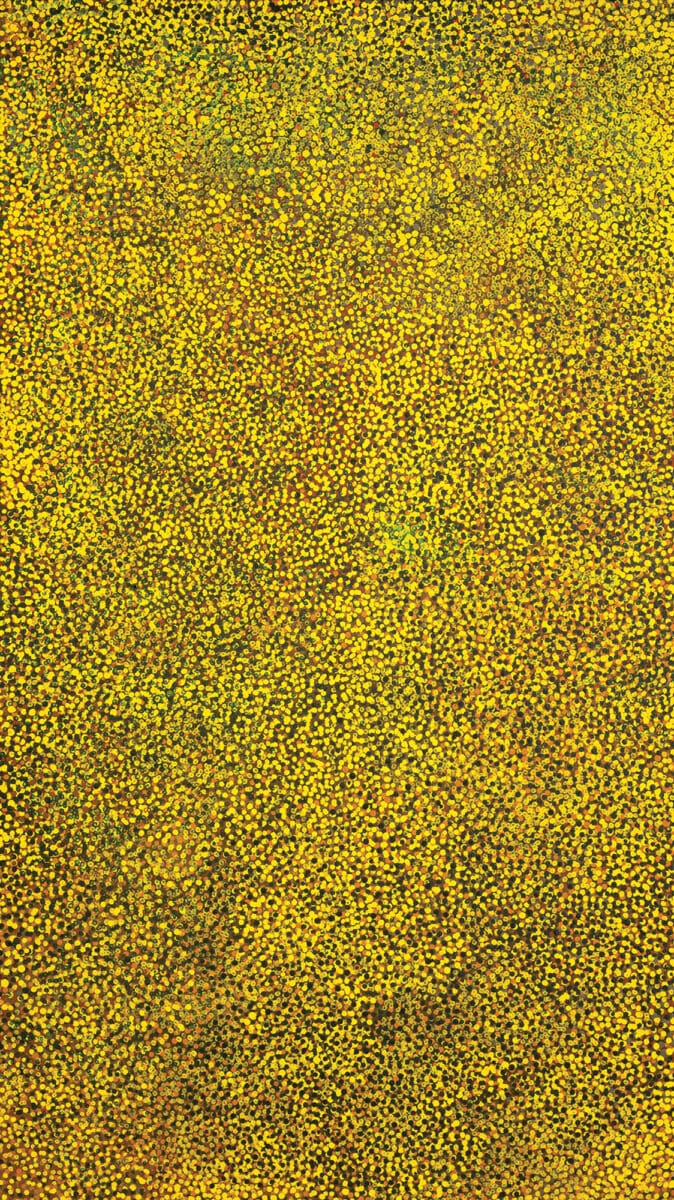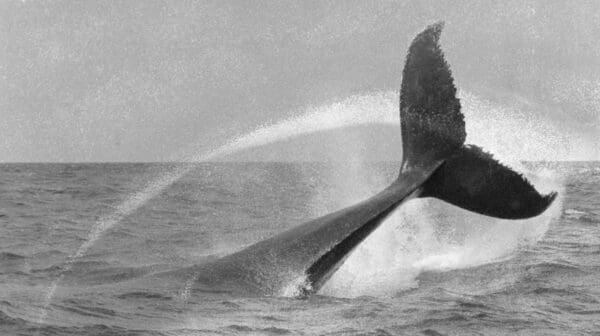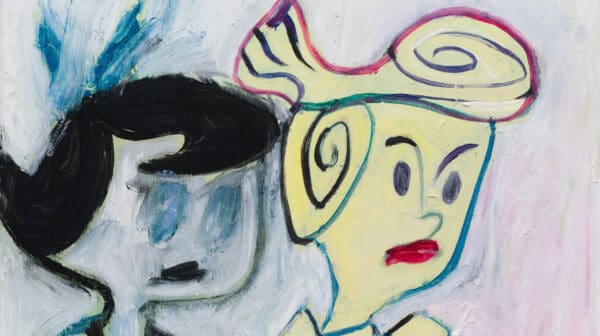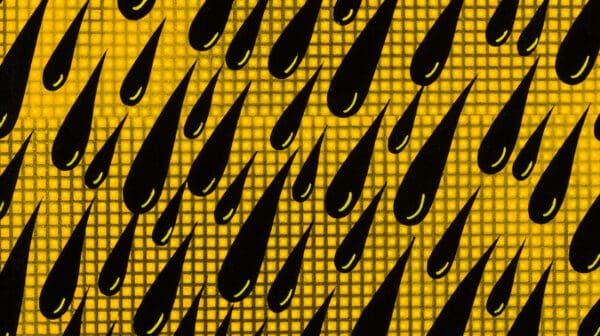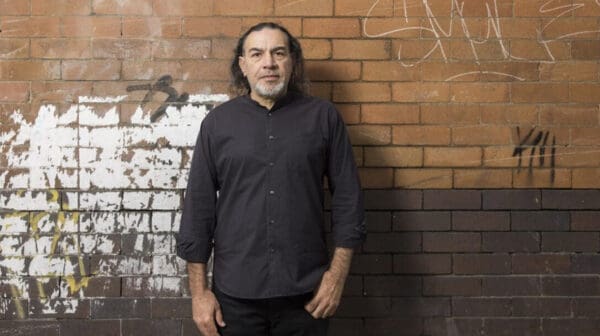In collating a comprehensive new survey of work by Emily Kam Kngwarray, curators Kelli Cole and Hetti Perkins offer illuminating perspectives about her place on the international stage. Rightfully describing her as one of Australia’s most significant painters to emerge in the 20th century, the National Gallery of Australia (NGA) curators note there has been a tendency to position Kngwarray’s work in relation to abstract expressionist painters, such as Jackson Pollock. “We didn’t want to do that,” Cole says. “Her paintings come out of the wealth of her knowledge of Country.”
That depth of experience is brought into full relief in this extensive exhibition, taking in 88 works, which includes an assessment of Kngwarray’s early explorations with batiks (textiles), which she produced for about eight years before picking up a paint brush.

Following a loose chronology, the survey explores various themes threaded through more than 3000 paintings Kngwarray made during the later stages of her long lifetime (1910-96). This senior Anmatyerr woman joined art and craft workshops in the late 1970s and by the late 1980s had begun painting, her first work being the much-lauded Emu Woman, 1988-89, featured in the NGA show.
Cole and Perkins spent much time carefully discussing the paintings with Kngwarray’s family, women from the Alhalkere and Anangker Countries, and the Utopia Art Centre (the representative body for their art).
What visitors to the exhibition will come to understand, says Cole, is that Kngwarray’s Country is richly alive and gets handed down to the custodianship of successive generations. “One of the things we really wanted to do with this exhibition is to pull out that spirit of that beautiful old lady and this living Country she loved so much.”
Emily Kam Kngwarray
National Gallery of Australia
2 December—28 April 2024
This article was originally published in the November/December 2023 print edition of Art Guide Australia.

